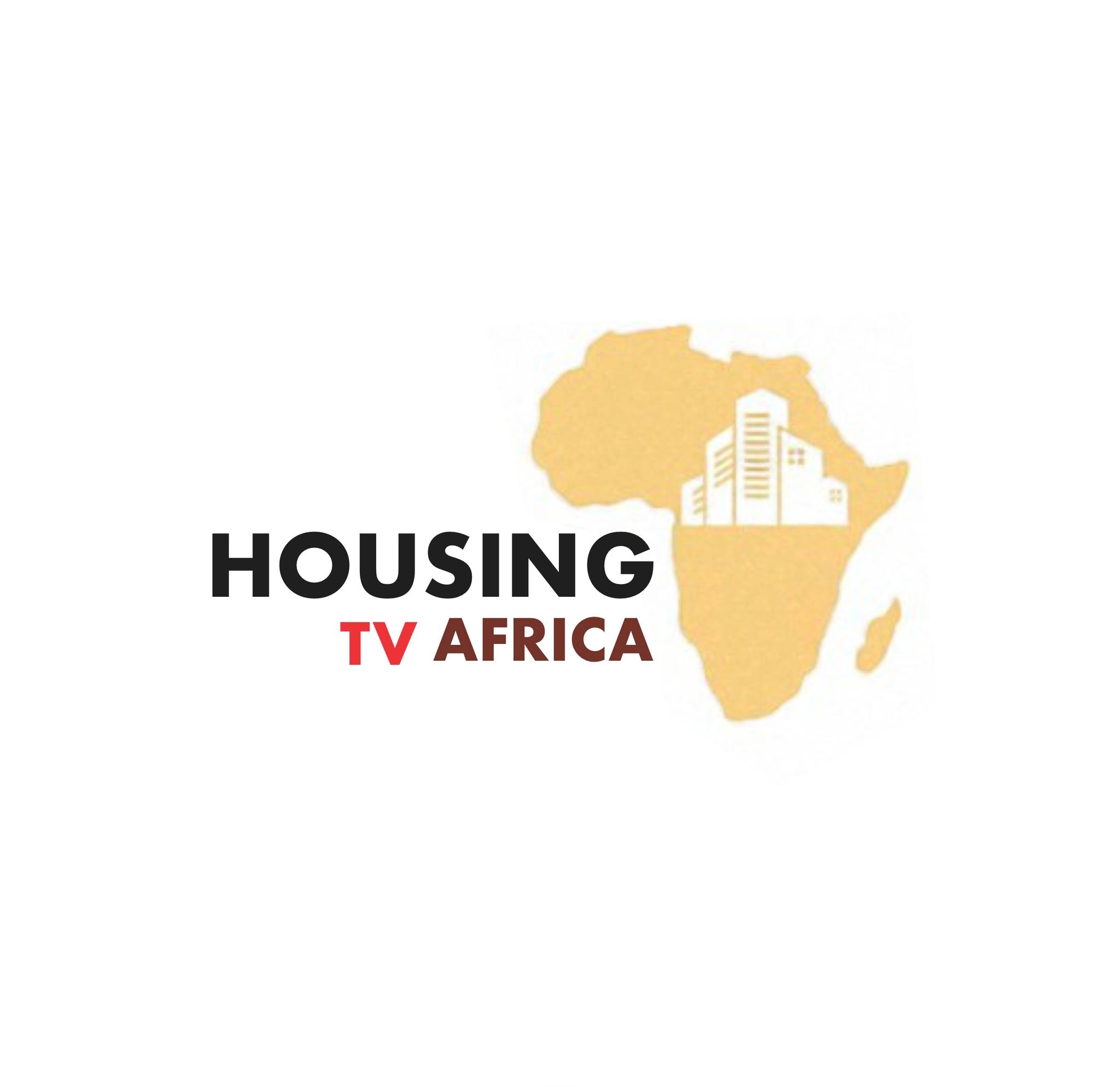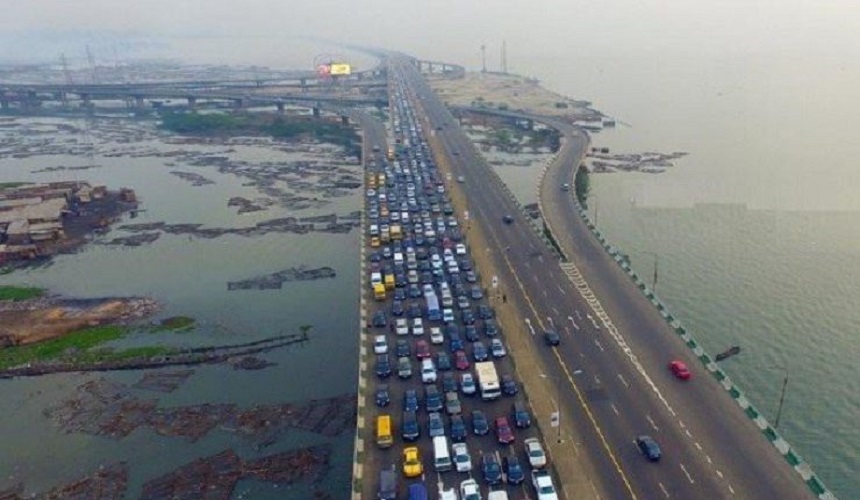The Federal Government has approved a ₦3.8 trillion plan to repair or rebuild the Third Mainland Bridge. The cost is almost 180 times more than the ₦21 billion spent on emergency works less than a year ago.
Speaking after the Federal Executive Council (FEC) meeting in Abuja, Minister of Works Dave Umahi explained the reason for the huge figure. New underwater and structural checks show severe damage to the bridge’s foundation.
The piles and piers have been weakened by illegal sand mining, tidal erosion, and corrosion. These findings confirm earlier reports from 2013 and 2019, but the damage is now worse.
The minister said the Carter Bridge can no longer be repaired. Rehabilitation was priced at ₦380 billion but judged unrealistic. A new bridge, at an estimated ₦359 billion, is the only viable option.
For the Third Mainland Bridge, the choice is between rehabilitation at ₦3.8 trillion or a complete rebuild at ₦3.6 trillion.
Umahi said FEC granted four approvals for the project. Seven specialist contractors will handle detailed studies, design work, and bid preparation. The plan will be funded through a public-private partnership (PPP) using the EPC+F model, which combines engineering, procurement, construction, and financing.
Built between 1976 and 1990, the Third Mainland Bridge was once the longest in Africa. It is a key route for over 20 million Lagos residents, connecting the mainland to the island. Decades of heavy use have weakened its structure.
In November 2023, the federal and Lagos State governments carried out ₦21.07 billion in emergency works. These included resurfacing, replacing expansion joints, installing solar-powered lights, and fresh lane markings.
Umahi said the proposed works will address the bridge’s deeper structural problems. He noted that years of adding asphalt have increased the bridge’s dead weight, making long-term repairs essential.



